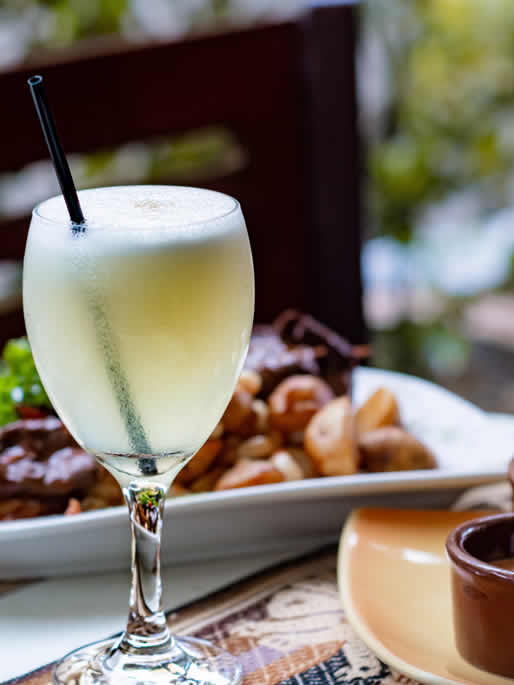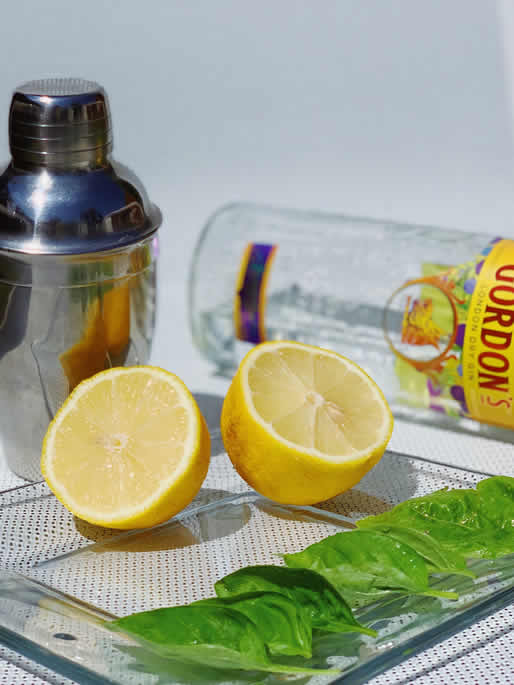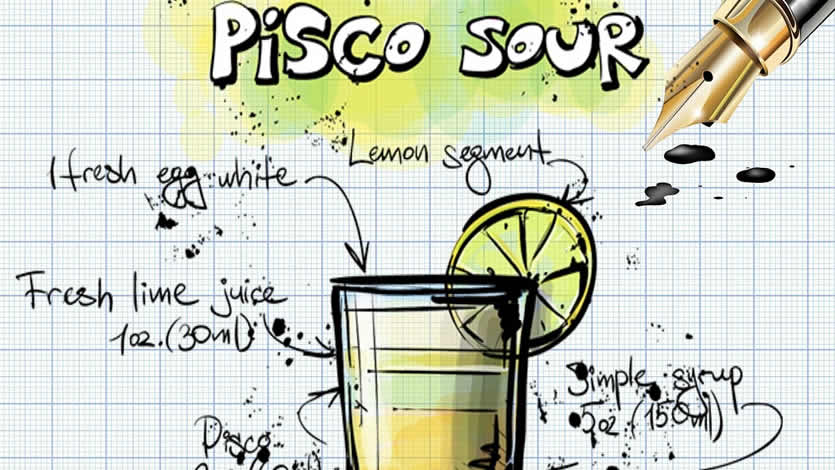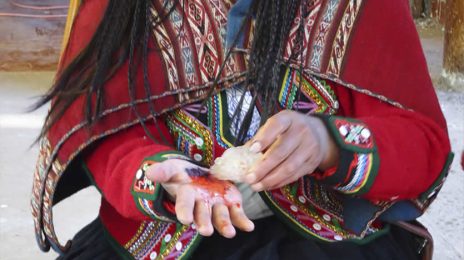Pisco-licious: Exploring Peru’s Beloved Grape Brandy
Wednesday March 15, 2023 | Festivals | Posted by Team About Cusco
While traveling in Peru and especially in the city of Cusco, you must have been offered a “pisco” or a (free) “pisco sour.” Do you know what pisco is and where it’s from? Pisco – aka Peru’s National drink – is a brandy made from grapes. Pisco is one of Peru’s flagship products, and the cocktail ‘pisco sour’ is a popular drink in and outside Peru territory. In this article, we are Exploring Peru’s Pisco, the beloved grape brandy.
It is believed that pisco was first produced in the 16th century in Peru when Spanish conquistadors arrived in South America and began planting grape vines. The name “Pisco” comes from the port city of the same name in Peru, where the brandy was first exported. However, Chile also claims it is the birthplace of pisco, citing evidence of production dating back to the 1700s. Up till today, the origins of pisco are still hotly debated between the two countries. So where does pisco come from?
Another theory is that the name “Pisco” comes from the Quechua word “pishku,” which means “bird”; the port city of Pisco was home to many seabirds, which the local people used to catch and trade. Finally, according to a third theory, the name comes from the Quechua word “pisqu,” which means “to boil over,” a reference to the distillation process used to produce the brandy.
Pisco grapes: Exploring Peru’s Pisco
In Peru, the Peruvians make pisco from eight specific grape varieties, including Quebranta, Italia, and Torontel. The grapes are harvested by hand and then fermented using natural yeasts. After fermentation, the liquid is distilled in copper pot stills, resulting in a clear, colorless brandy that is typically aged for at least three months in neutral casks.
The Chileans make pisco de from two specific grape varieties, Muscat and Pedro Jimenez. The grapes are also harvested by hand and fermented using natural yeasts. The liquid is then distilled in copper pot stills, resulting in a clear brandy that is usually aged for at least six months in casks made of Chilean oak.
Both Peru and Chile have strict regulations governing pisco production, including the grape varieties that can be used, the distillation process, and the aging requirements. In Peru, Pisco is regulated by the government agency INDECOPI, while in Chile, it is regulated by the Ministry of Agriculture.
Pisco Sour
Pisco is a versatile spirit that can be enjoyed on its own or used in a variety of cocktails. The most popular Pisco cocktail in Peru is the Pisco Sour, made with pisco, lime juice, simple syrup, egg whites, and bitters. In Cusco, a ‘free pisco sour’ is sometimes offered as an invitation to a cafe or restaurant.
In Chile, Pisco Sour is also very popular, and it’s made with pisco, lemon juice, sugar, ice, and bitters. Despite the ongoing debate between Peru and Chile over the origins of pisco, there is no denying the popularity of this delicious brandy. With its unique flavor and long history, pisco is a spirit that people on both sides of the Andes love. Whether you prefer it neat or mixed in a cocktail, pisco is a must-try for any spirits enthusiast.

Pisco Sour Day
Exploring Peru’s Pisco, we learn that the Peruvians pay tribute to their national drink, the pisco sour, on the first Saturday of every February. This annual event is officially known as the Día del Pisco Sour, or Pisco Sour Day, as defined by Resolución Ministerial 161-2004-PRODUCE. In addition, Pisco itself — the pure, unadulterated version — is honored each year on the fourth Sunday of every July, on the Día del Pisco (Pisco Day).
Celebrations for Pisco Sour Day are understandably more extravagant in the pisco-producing regions of Peru, particularly in and around the coastal areas of Moquegua, Tacna, Arequipa, Ica – where pisco is located – and Lima. But that doesn’t mean that you won’t find pisco-related events in the highlands and even the jungle, so keep an eye out. The bars and restaurants in Cusco certainly celebrate “Pisco Sour Day’ with interesting offers.
In Lima, the districts of Barranco, Santiago de Surco, San Miguel, San Luis, and Pueblo Libre, among others, typically have a multiday festival with the “Día del Pisco Sour” as the central or final day. All these festivals, in Lima or elsewhere in Peru – normally include musical performances, gastronomic fairs, and — if you’re lucky — free pisco and pisco sour tastings.
The Peruvian capital Lima takes the credit for the first pisco sour. Its inventor is said to have been a North American bartender, Victor Morris (“Gringo Morris”), in the 1920s, at The Morris Bar, near the heart of the city, near the Plaza de Armas of Lima.
Besides pisco, the key ingredients for a great pisco sour are very tart key limes, an egg white, and Angostura bitters. The classic preparation is shaken over ice, but it’s also made “frozen,” in a blender with crushed ice. When a pisco sour is poured into a glass (usually an old-fashioned cocktail glass), the egg white should make at least a half inch of foam on the top of the glass. The bitters are sprinkled on top of the foam.
Types of Pisco: Exploring Peru’s Pisco
There are four categories of pisco, made from seven varieties of grapes. Pisco puro is made only from black, nonaromatic grapes, usually the quebranta variety. These were the original grapes brought over from Spain, which supposedly changed and adapted to their new environment, resulting in a unique taste. Other types of pisco are:
- Pisco aromático is made from one of four more fruity and aromatic varieties: muscatél, italia, albilla, and torontél.
- Pisco acholado is made from a blend of a nonaromatic grape and one or more of the aromatic varieties.
- Pisco mosto verde is made from partially fermented grapes.

More Pisco Cocktails
There are many other interesting cocktails made with pisco. Pisco has a high alcohol content (ranging from 60 to 100 proof); however, it tastes very smooth, and many people enjoy it straight. The classic Pisco sours are quite strong.
There are many other classic pisco cocktails, including the algarrobina, a creamy cocktail made with algarrobina syrup and condensed milk, the chilcano (pisco and ginger ale), and the famous Chilean Christmas cocktail cola de mono (“monkey’s tail”).
Trendy new pisco cocktails are constantly being invented, and many make use of the exotic tropical fruits available in South America. Maracuya sours are made with passionfruit juice, and the popular aguaymanto sour is made with a tomatillo-like fruit.




Leave a Reply